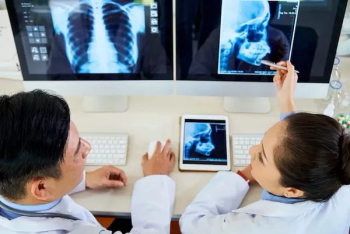
Philips Garners FDA 501(k) Clearance for Update of Real-Time Clinical Surveillance Software
New additions to the Philips Capsule Surveillance software include improved integration with health information technology (HIT) systems and enhanced visibility of patient data across remote devices.
The Food and Drug Administration (FDA) has reportedly granted 510(k) approval for a recent updated release of Philips Capsule Surveillance, a remote patient monitoring software that updates interdisciplinary team members with live-streaming of a patient’s health status over multiple health-care settings, brands, and device types.
In an announcement from the Healthcare Information and Management Systems Society (HIMSS) 2022 conference, Philips said the remote clinical surveillance software now offers “expanded interoperability” between a hospital’s mobile communication and collaboration tools, and emerging telehealth platforms.
“
Employing patented technology and the application of current best practice guidelines, the
In addition to reducing the risk of potential complication through early identification of emerging red flags in high-risk patients, Philips suggested that the remote surveillance software could help triage patient cases and enable clinicians to allocate resources to patients who are most in need of immediate care or intervention.
The company noted that the recent update of the Philips Capsule Surveillance software will be issued between April to June 2022 to a limited number of facilities in the United States.
Newsletter
Stay at the forefront of radiology with the Diagnostic Imaging newsletter, delivering the latest news, clinical insights, and imaging advancements for today’s radiologists.




